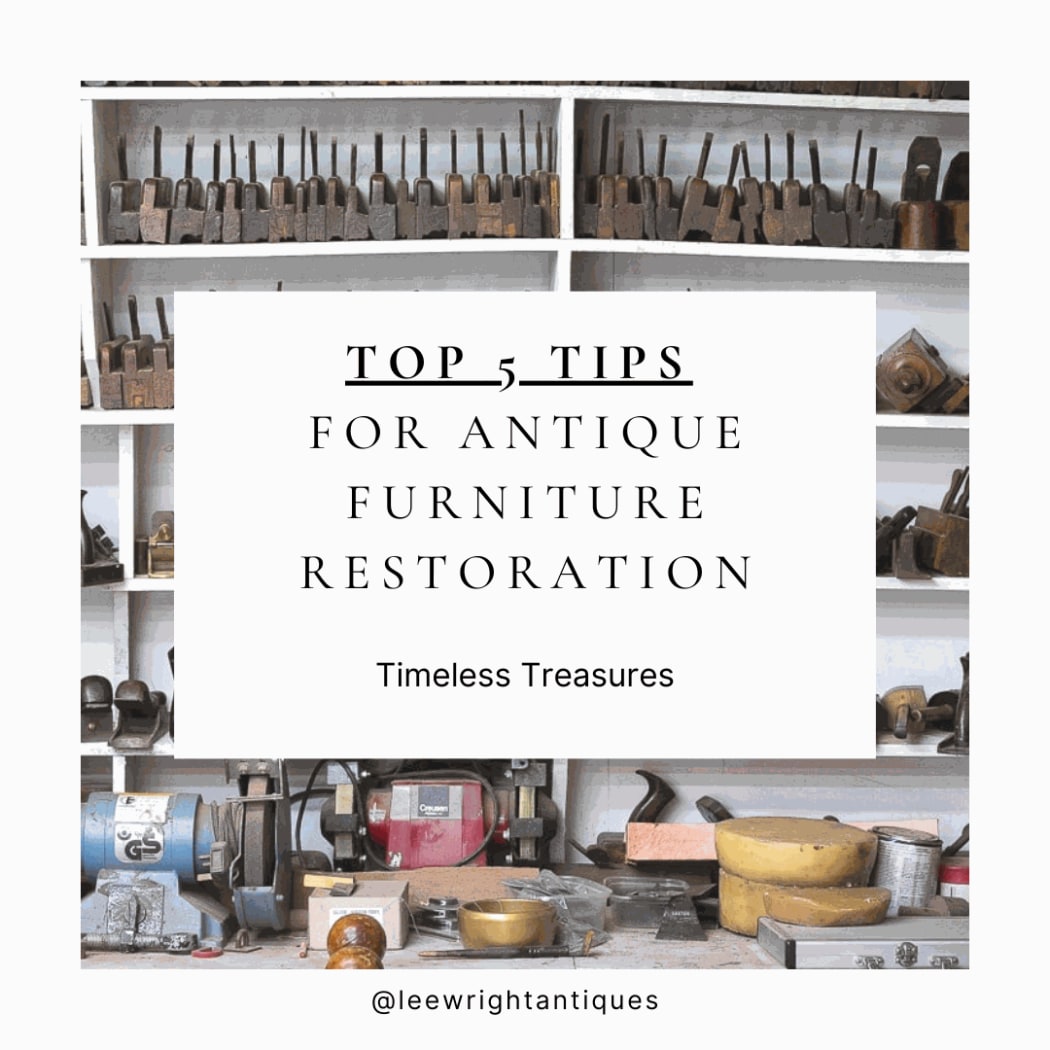
Introduction:
Antique furniture carries with it a rich history and timeless beauty, making it a cherished addition to any home or collection. However, restoring these valuable pieces requires a delicate touch and a deep understanding of their craftsmanship. In this blog, we'll explore the top five tips for antique furniture restoration, guiding you through the process of preserving these timeless treasures.
Tip 1: Research and Identify
Before you embark on an antique furniture restoration project, take the time to research and identify the piece. Understanding the furniture's style, period, and historical significance is crucial for preserving its authenticity during the restoration process. Look for any unique markings, signatures, or labels that can provide clues about its origin. Online resources, antique books, and expert appraisers can be invaluable in this step, helping you gain insights into the furniture's past.
Tip 2: Gentle Cleaning and Inspection
Antique furniture often accumulates dirt, grime, and dust over the years. Start the restoration journey by giving the piece a gentle cleaning. Use a soft cloth and mild soap with water to remove surface dirt. Avoid using abrasive cleaners or harsh chemicals that may harm the original finish or patina. As you clean, inspect the furniture for any signs of damage, such as loose joints, cracks, or missing pieces. Document all the issues you find to address them later during the restoration process.
Tip 3: Repair with Caution
When it comes to repairing antique furniture, proceed with caution. Use appropriate adhesives, such as hide glue or wood glue, to reattach loose parts or joints. Avoid modern glues, as they can compromise the furniture's value and authenticity. For significant repairs or structural issues, consider seeking the assistance of a professional antique restorer to ensure a meticulous and accurate restoration.
Tip 4: Preserve the Original Finish
One of the critical aspects of antique furniture restoration is preserving the original finish. The patina, earned over decades or even centuries, is a testament to the piece's history and adds character to its appearance. Stripping off the original finish can significantly devalue the furniture. Instead, focus on gentle cleaning and repair to maintain the existing finish. If you must refinish, use traditional techniques and finishes like shellac, wax, or oil that match the era of the furniture.
Tip 5: Respect Patina and Aging
Embrace the natural patina and signs of aging on antique furniture. These characteristics tell a story of the furniture's journey through time and enhance its allure. While it's essential to clean and stabilize the piece, avoid over-sanding or over-polishing, as this may diminish the patina. Always strike a balance between preservation and restoration, ensuring you don't strip away the unique charm that makes the antique furniture so special.
Conclusion:
Restoring antique furniture is an art that demands both skill and appreciation for the past. By following these top five tips for antique furniture restoration, you can ensure that these timeless treasures continue to captivate and enrich generations to come. Whether you're a seasoned collector or a newcomer to the world of antiques, let the process of restoration be a labor of love and a celebration of the craftsmanship that has stood the test of time.